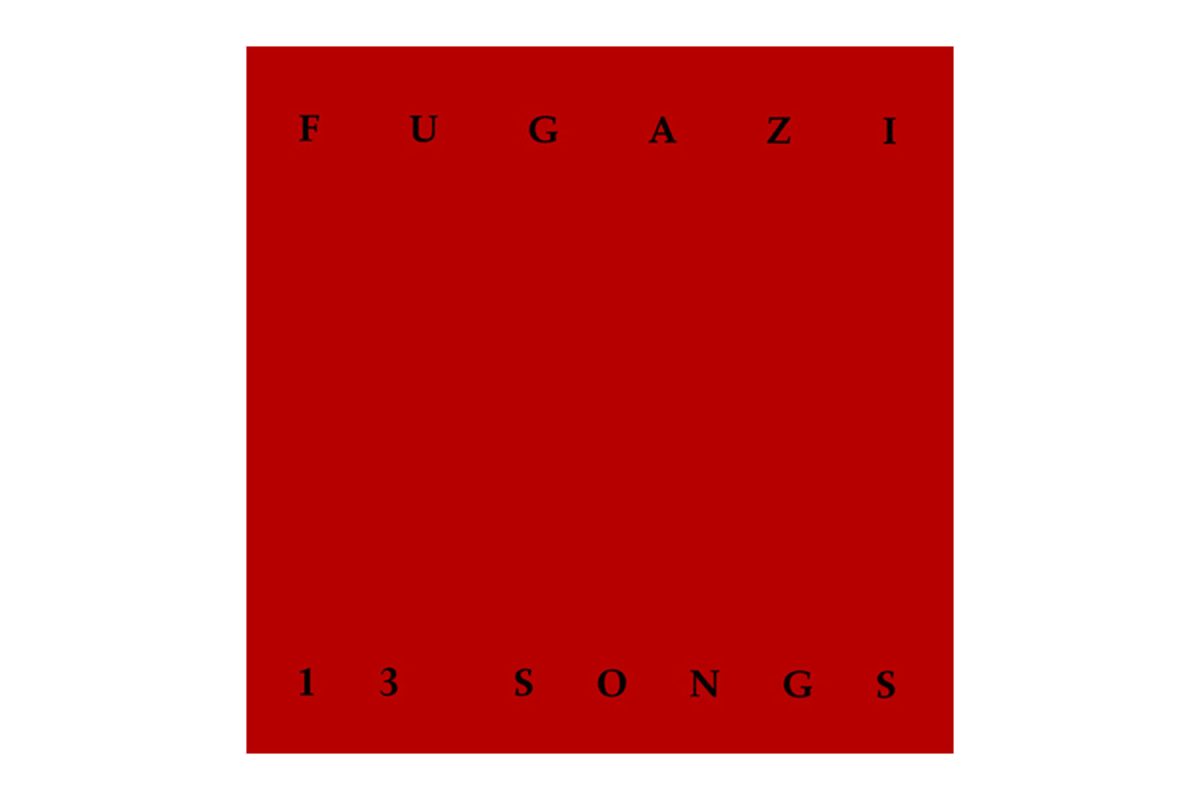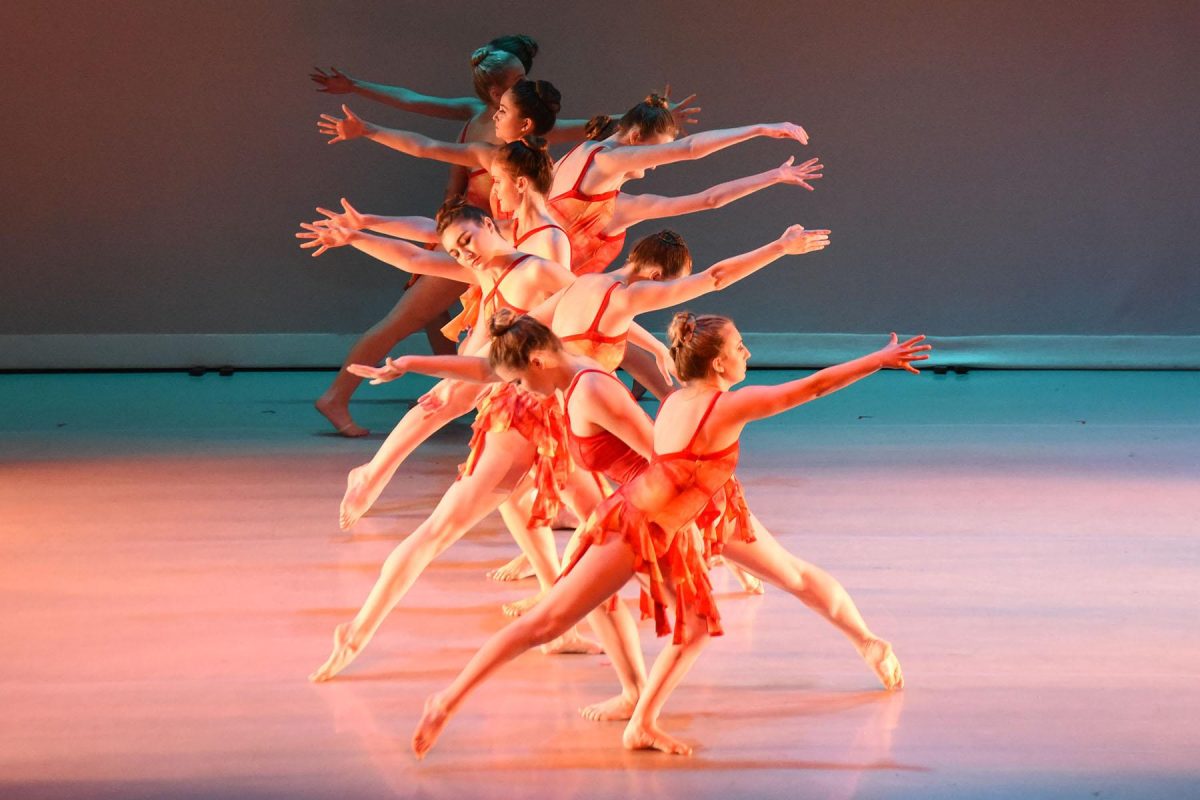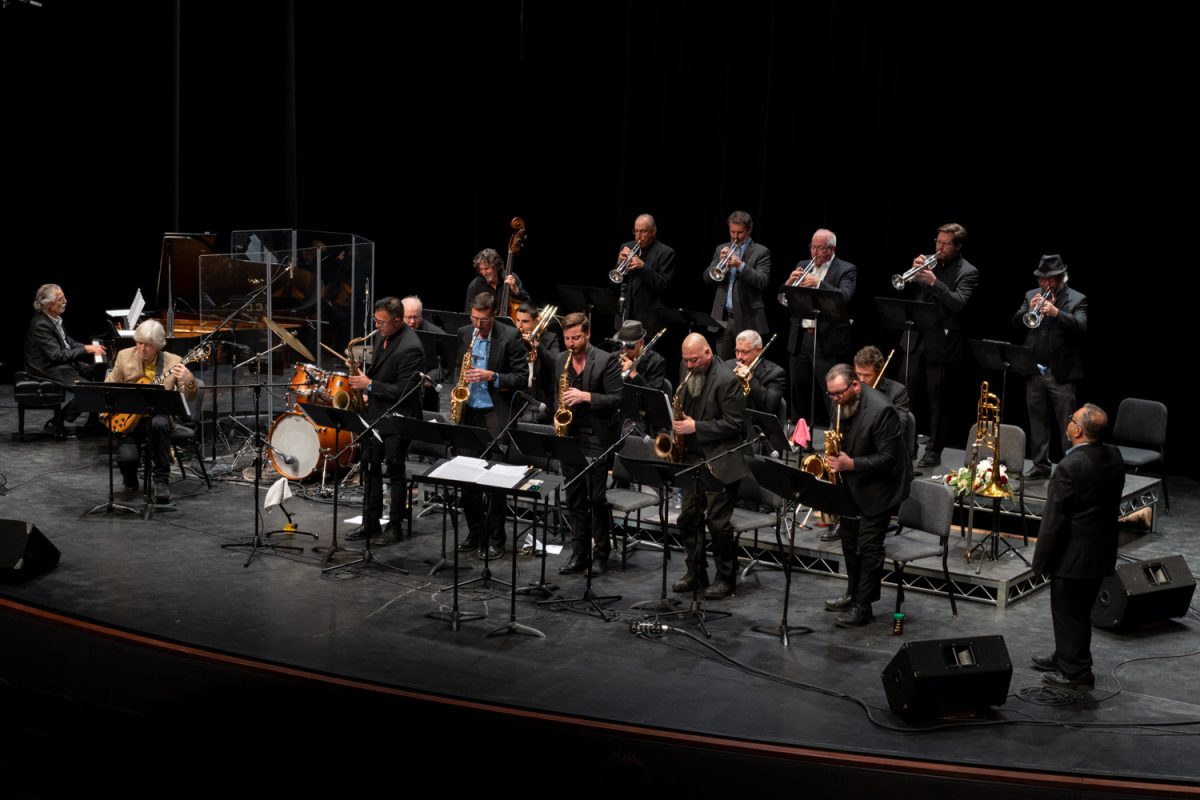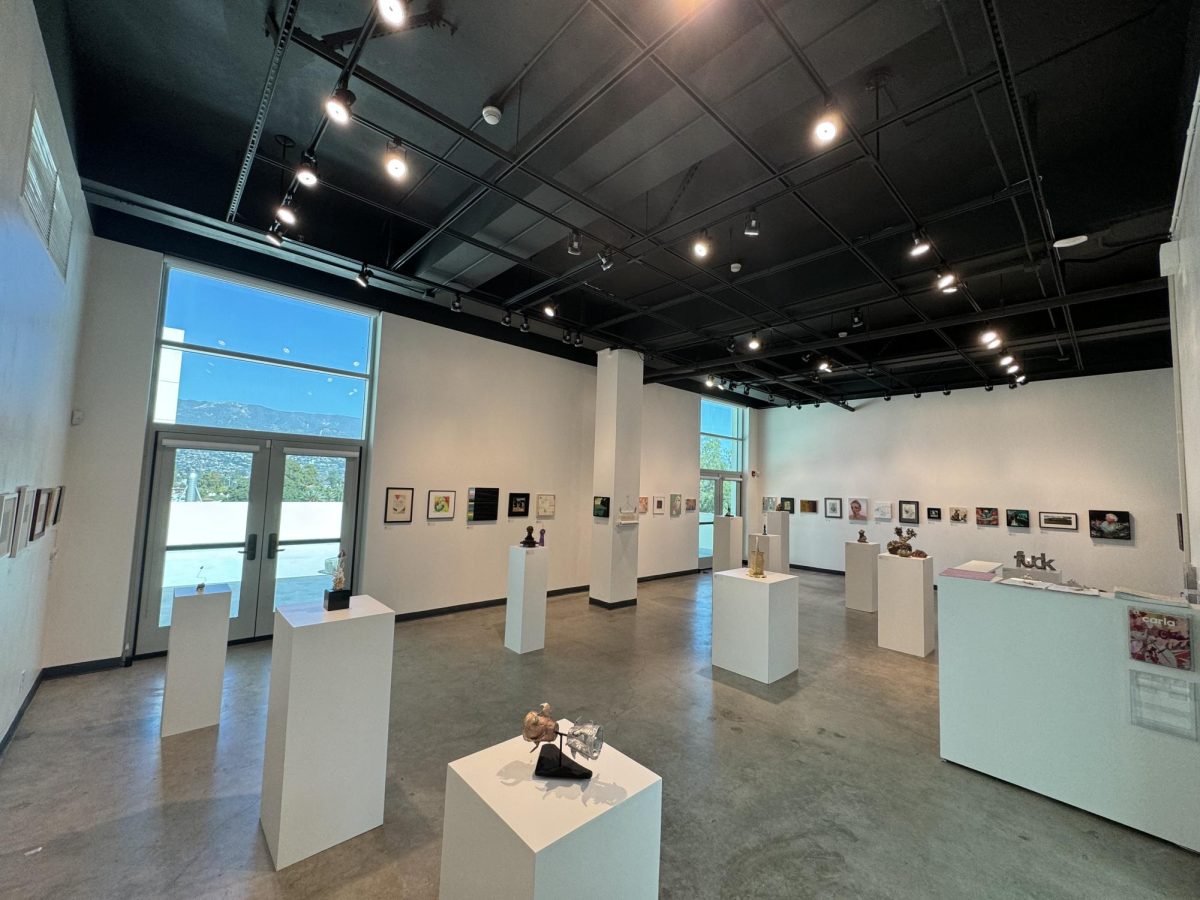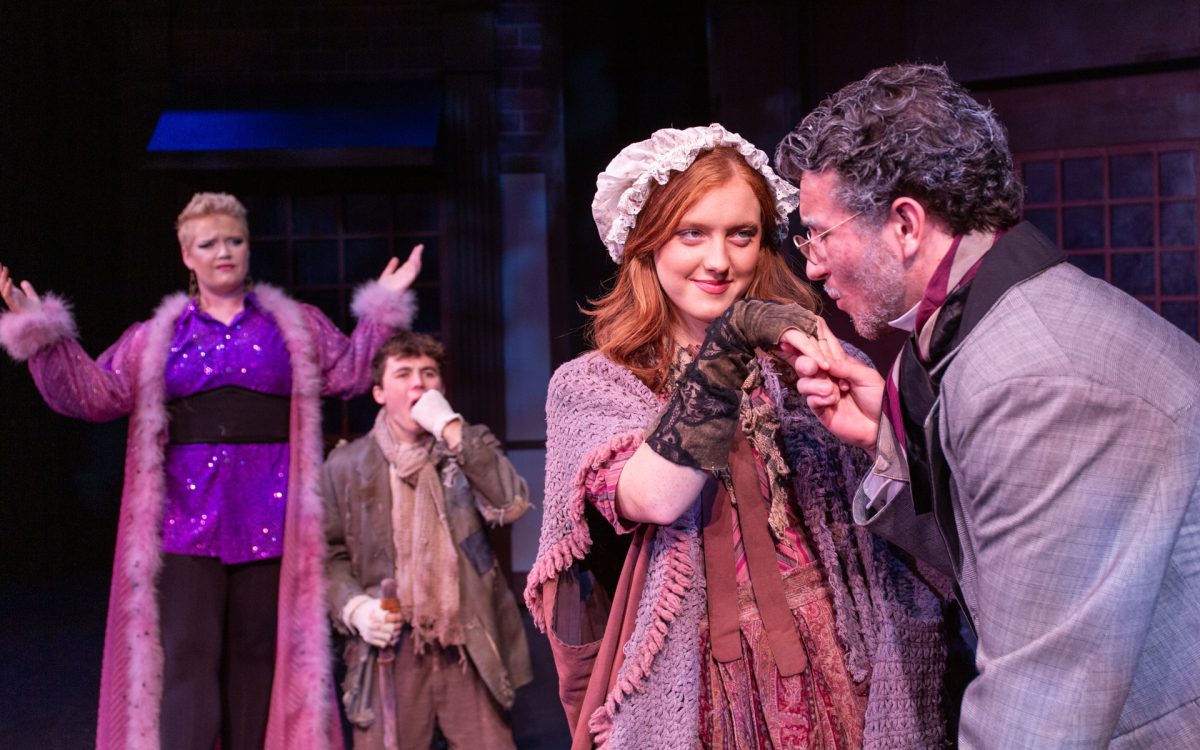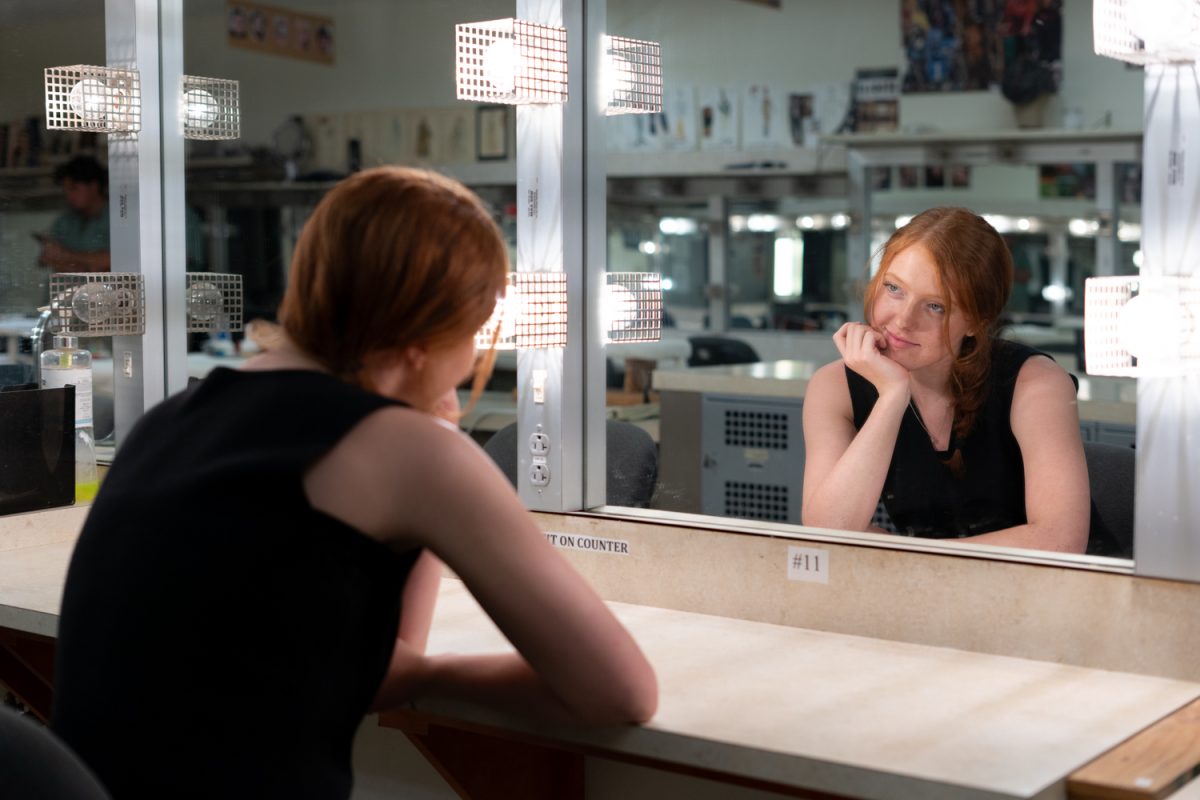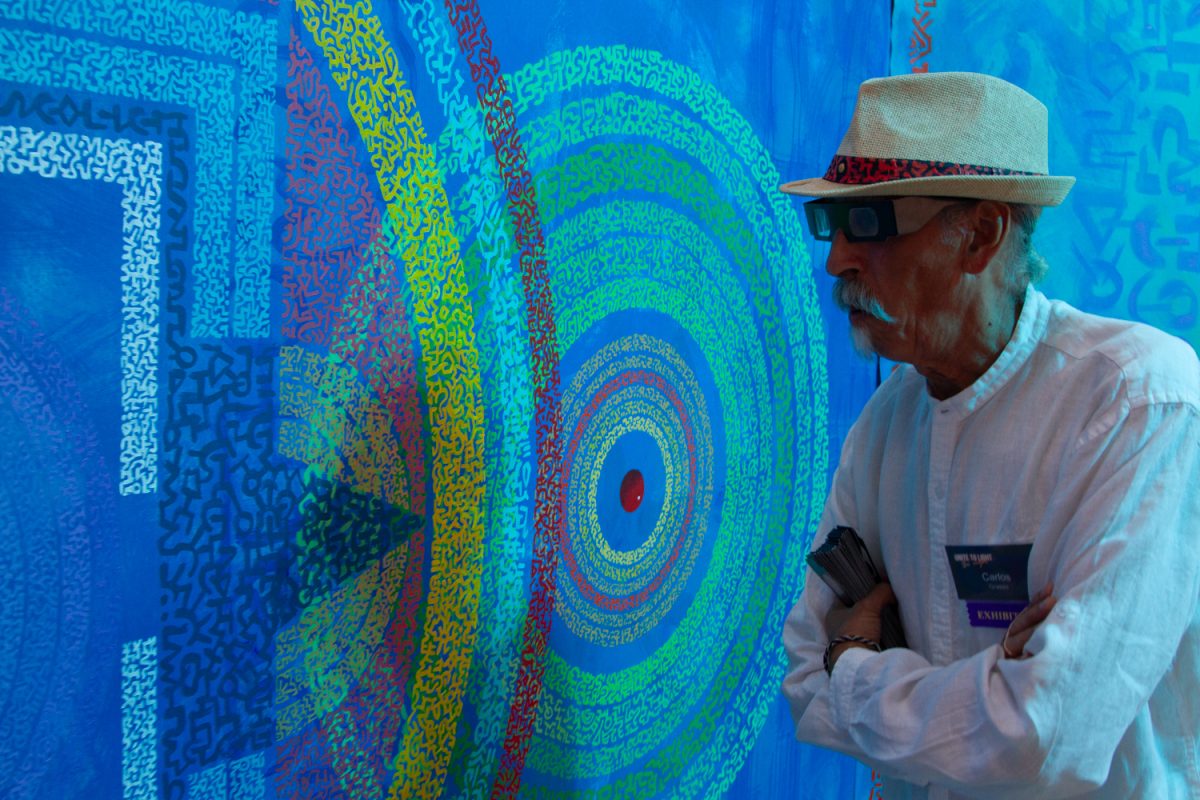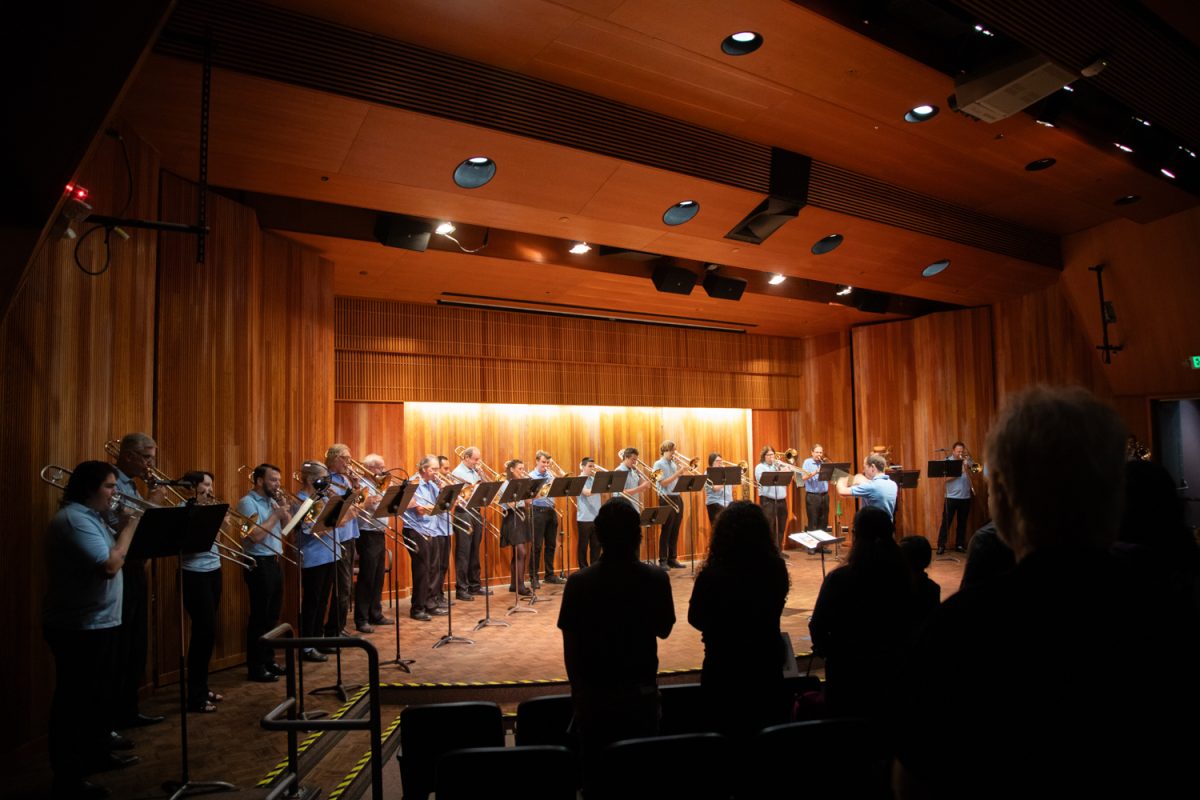
My childhood was spent in imagined worlds.
My favorite place to linger, of all my travels—to Narnia, Hogwarts, and the Roman colosseum—was carefully situated between the real and imaginary, between history and myth.
The legends of Arthurian knights enthralled me. I adored its rich world, built on centuries of legends, steeped in Christian iconography and culture and flecked with magic. I devoured histories and poems and novels and commentaries until I was completely immersed in the kingdom of Camelot. I let it color my world; I looked for knightly virtue and perceived magic and miracles and described small conflicts as great battles. I waited, tirelessly, for the once and future king.
When I first heard that A24 films was producing the movie “The Green Knight,” I was unexcited. “Gawain and the Green Knight” was the poem I’d read at Christmas as a child, curled up in front of a fire. Where other families may have read Charles Dickens or sung carols, mine had to suffer through my recitations of fifteenth century English. For all its timeless qualities, “Gawain and the Green Knight” didn’t seem appropriate for a film adaptation.
Despite my reluctance, I went to see the film And I fell in love.
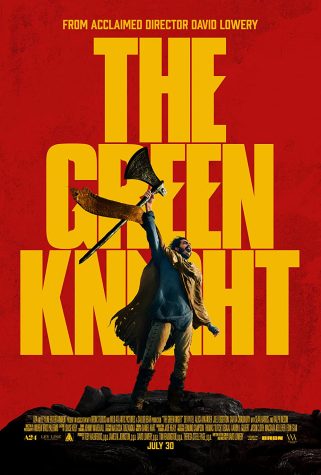
From its opening sequence, “The Green Knight” goes above and beyond the charge of adapting a story. Not only does it pay homage to the poem’s lengthy history, acknowledging the long line of translations and even the oral tradition, “Gawain and the Green Knight” stemmed from, but it continues that tradition. It portrays a timeless tale in a manner understandable to twenty-first century viewers.
Rather than modernizing the storyline, though, director David Lowery returns it to the myths it stemmed from. A journey that spans mere paragraphs in the poem becomes the focus of the film, and as Gawain journeys deeper into a wild, magical land, away from the Christianized progress of Camelot, so do we.
Lush landscapes, transport the viewer into the forests Gawain travels, and vivid shots transfix oneself despite the movie’s somber tone. There are constant visual references to both medieval Christianity and the pagan practices it supplanted, and layers upon layers of symbolism to unravel. All of this brings the universe Lowery envisions to life, allowing viewers to truly experience the culture and traditions of a time long-passed, and a somewhat fictional place.
Gawain’s journey is perilous, full of twists and turns, and yet he continues on to face his own death. Still, this is not the caricature of a virtuous knight one may expect. This Gawain is frighteningly human, full of physical and moral failings, and striving to become great—even if he must sacrifice his own goodness.
“The Green Knight” perfectly captures the world of Arthurian legend, and examines the presuppositions written into it. The dichotomies of greatness and goodness, of Christianity and paganism, of femininity and masculinity, of love and lust, of wilderness and civilization, of history and legend–all of these are examined as Gawain journeys on the razor’s edge between an honorable death and lying to keep his life.



